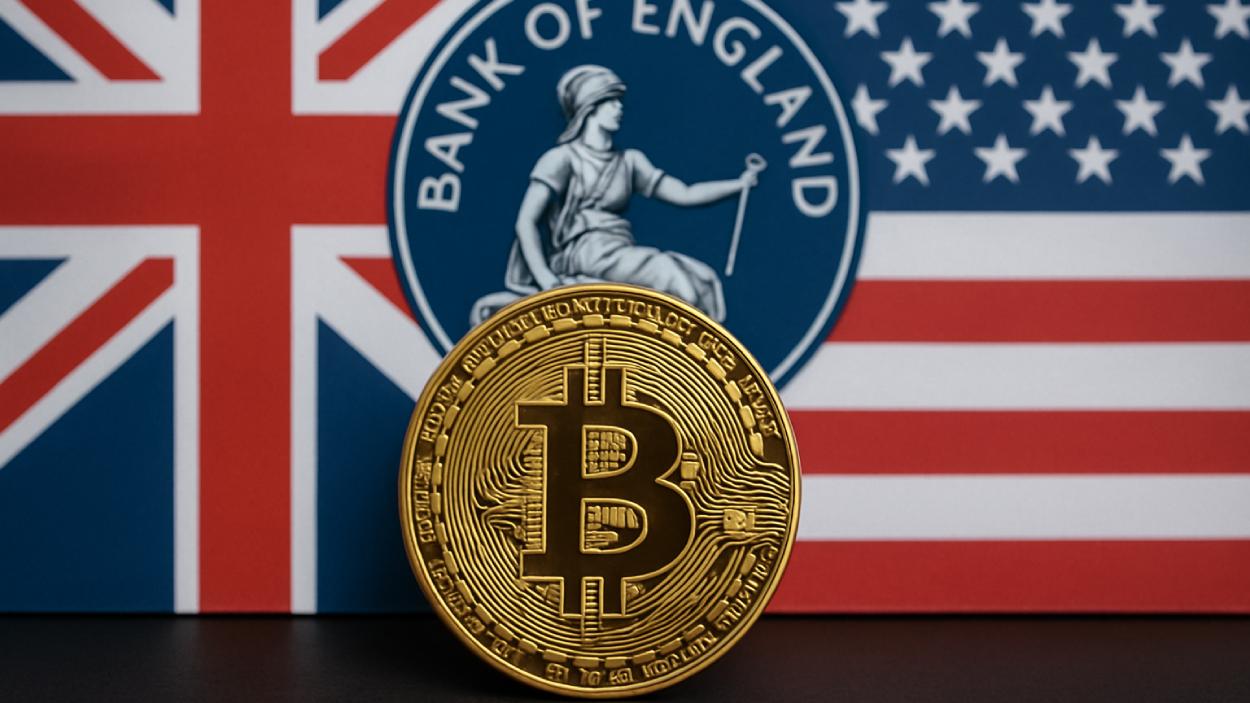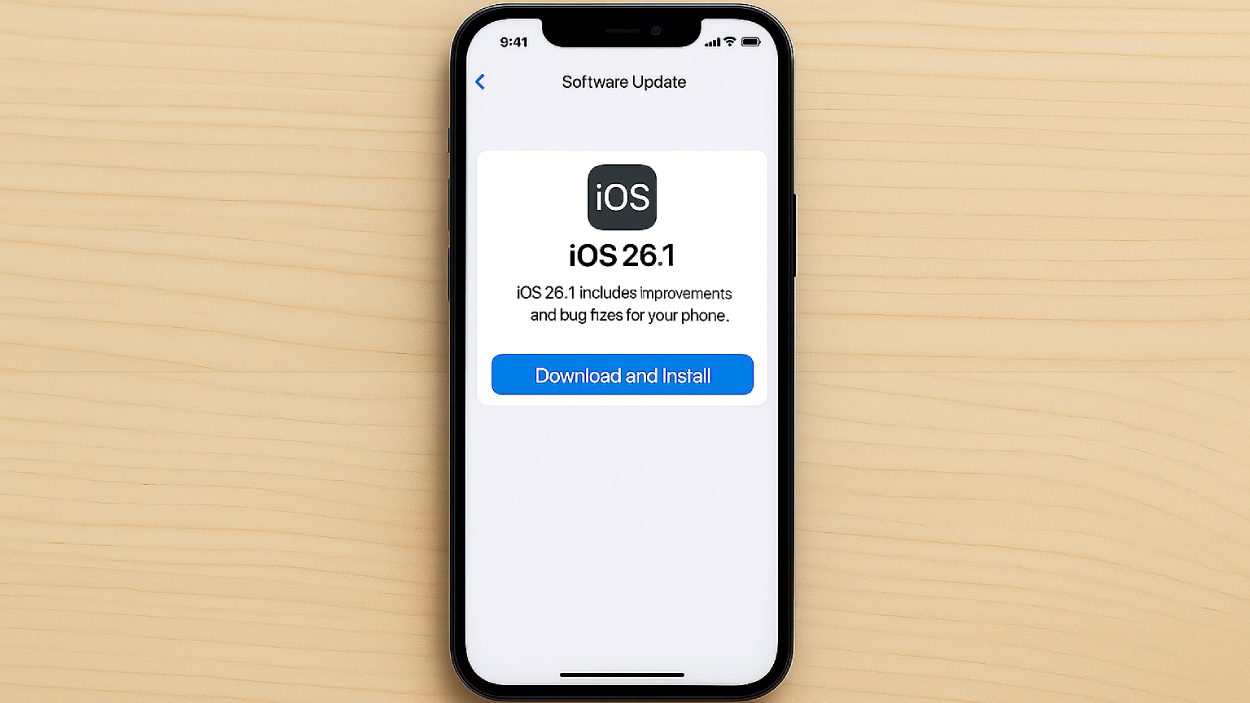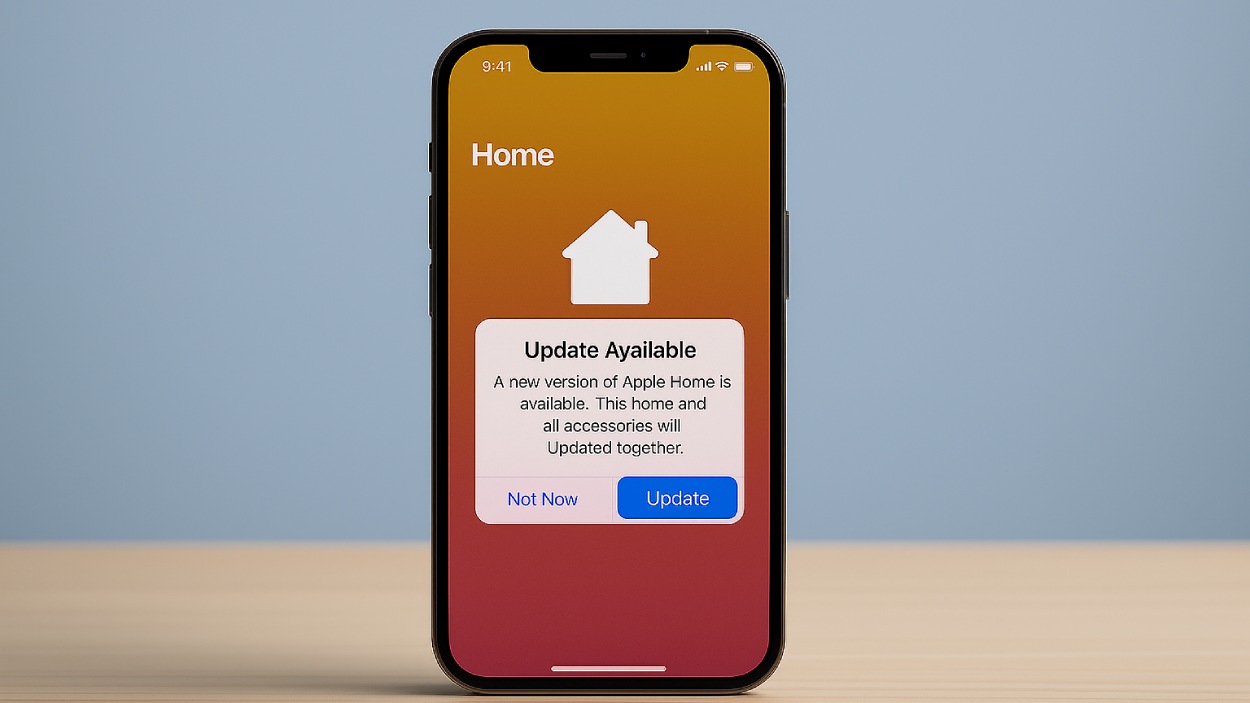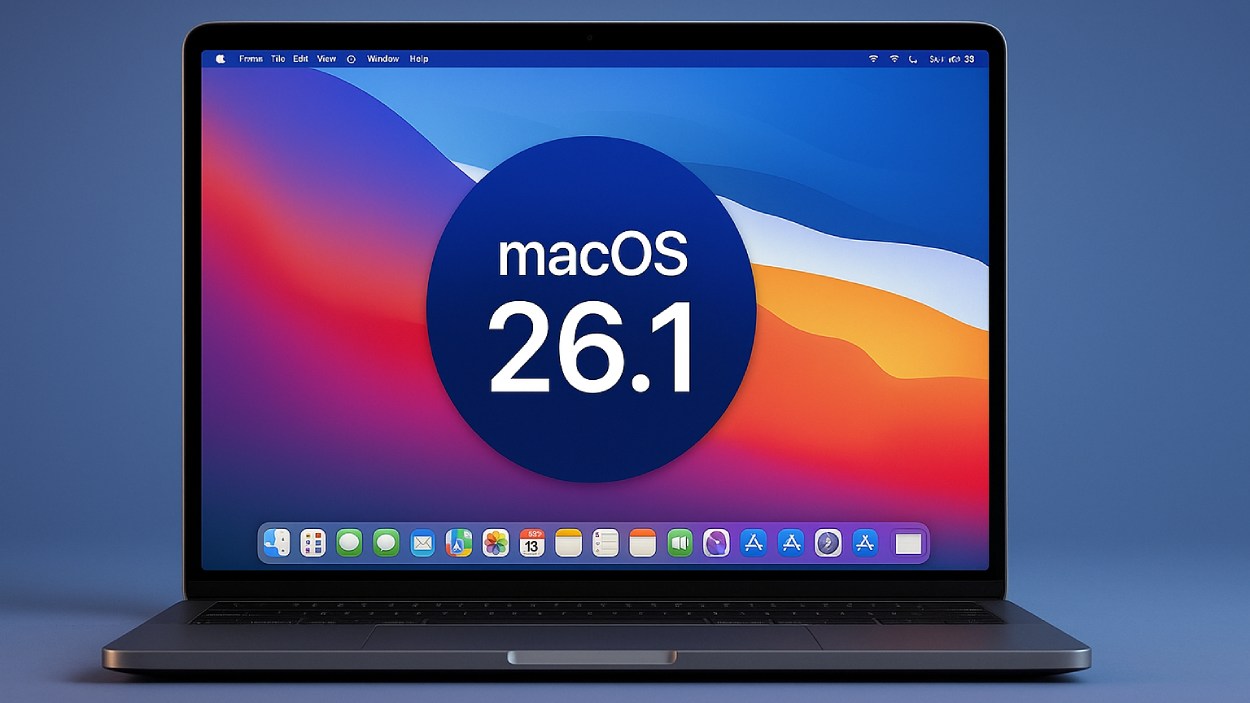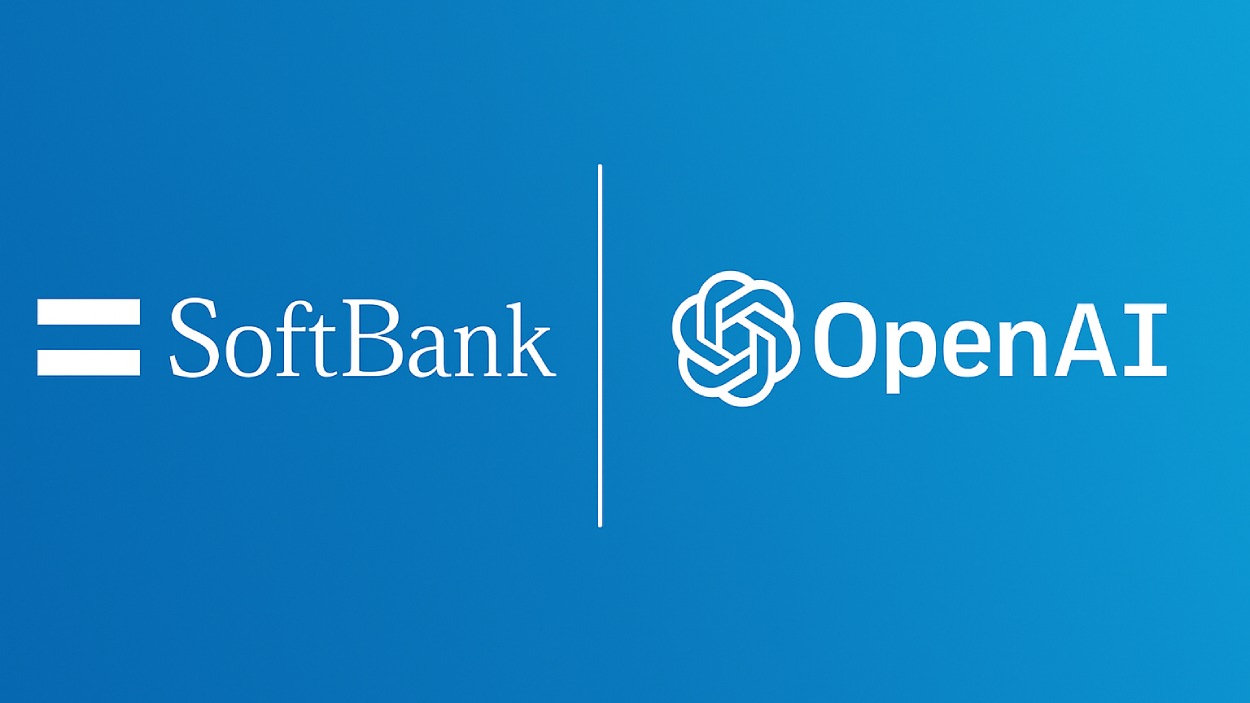The Bank of England will release a new regulatory framework for stablecoins on November 10, aligning with US efforts to regulate the fast-growing digital asset space.
Quick Summary – TLDR:
- The Bank of England will unveil its stablecoin regulation consultation on November 10, targeting “systemic” digital tokens.
- The UK aims to match the pace of the US in stablecoin oversight while keeping its mortgage-dependent economy protected.
- Temporary holding caps are proposed for individuals and businesses to prevent risks to the broader financial system.
- Cross-border collaboration is growing, with UK and US regulators working closely on digital asset policies.
What Happened?
The Bank of England (BoE) is preparing to roll out a long-anticipated consultation on regulating stablecoins, with a release date set for November 10. The central bank is focusing on ensuring that the UK keeps pace with developments in the United States while maintaining financial stability at home.
Deputy Governor Sarah Breeden emphasized the importance of regulatory synchronization between the two nations, especially as digital money becomes a more integrated part of mainstream finance.
JUST IN: 🇬🇧 The *Bank* of *England* will unveil its *Stablecoin* *regulation* *consultation* on *Nov 10* .
— Crypto Aman (@cryptoamanclub) November 6, 2025
This is a big step toward formalizing how the UK treats digital money — could reshape the stablecoin landscape in Europe.
I’ll be watching closely. 👀💷
# *Crypto* #… pic.twitter.com/rjYYTX7cCr
Stablecoin Framework to Target “Systemic” Risks
The new rules will primarily apply to “systemic” stablecoins, those expected to be widely used for payments. These coins will fall under the Bank of England’s supervision, while smaller stablecoins will be regulated by the Financial Conduct Authority (FCA) under a lighter-touch regime.
Key elements of the proposed framework include:
- Temporary caps on stablecoin holdings: Individuals may be limited to £20,000 (about $26,000), while businesses could face a cap of £10 million.
- Dual regulatory system: Systemic stablecoins get stricter oversight from the BoE, while non-systemic ones are handled by the FCA.
- A focus on protecting the UK’s bank-dependent mortgage market from potential rapid shifts in deposits to digital assets.
Breeden explained that the limits are intended to reduce systemic risks in the early phase of adoption and said the UK must ensure innovation does not undermine financial stability.
UK-US Coordination Tightens
Breeden confirmed that UK regulators have been in regular communication with the Federal Reserve, and that both finance ministries are actively collaborating on digital asset policy.
During the SALT conference in London, she said:
This level of coordination follows a September agreement between UK Chancellor Rachel Reeves and US Treasury Secretary Scott Bessent to establish a joint task force focused on digital assets and capital markets.
The goal is to harmonize policies across borders and ensure mutual understanding of technological changes shaping the financial future.
Boosting Innovation While Tackling Criticism
In addition to stablecoin regulation, the UK is pushing other blockchain initiatives. These include appointing a “digital markets champion” to lead modernization efforts and the formation of a Dematerialisation Market Action Taskforce to digitize share certificates.
The FCA has also lifted its long-standing ban on crypto exchange-traded notes (ETNs), expanding investment access beyond institutional players.
However, some parts of the crypto industry have criticized the Bank of England’s earlier proposals, especially the caps on holdings, calling them costly and difficult to implement.
Despite these concerns, the UK appears committed to striking a balance between regulatory control and technological growth, a stance that is growing increasingly important as other nations like Canada also begin drafting their own stablecoin rules.
SQ Magazine Takeaway
Honestly, I think this move is long overdue. While the US has been racing ahead with stablecoin policy, the UK has often looked like it’s stuck in first gear. But with this new framework, it seems Britain is finally gearing up to compete globally on crypto regulation. The holding caps might raise eyebrows, but they show a cautious approach to protect traditional finance while letting innovation breathe. I like that the UK is trying to walk that line. Now let’s see if they can actually deliver something flexible and forward-looking instead of just red tape.

